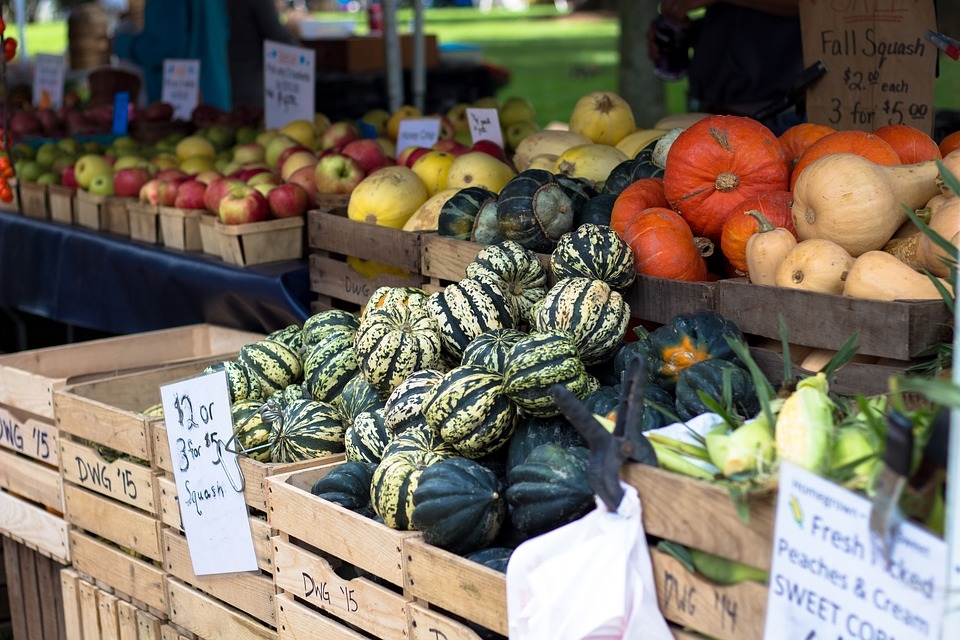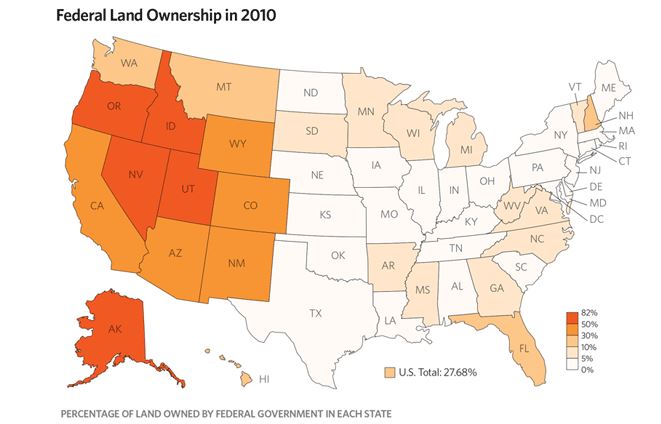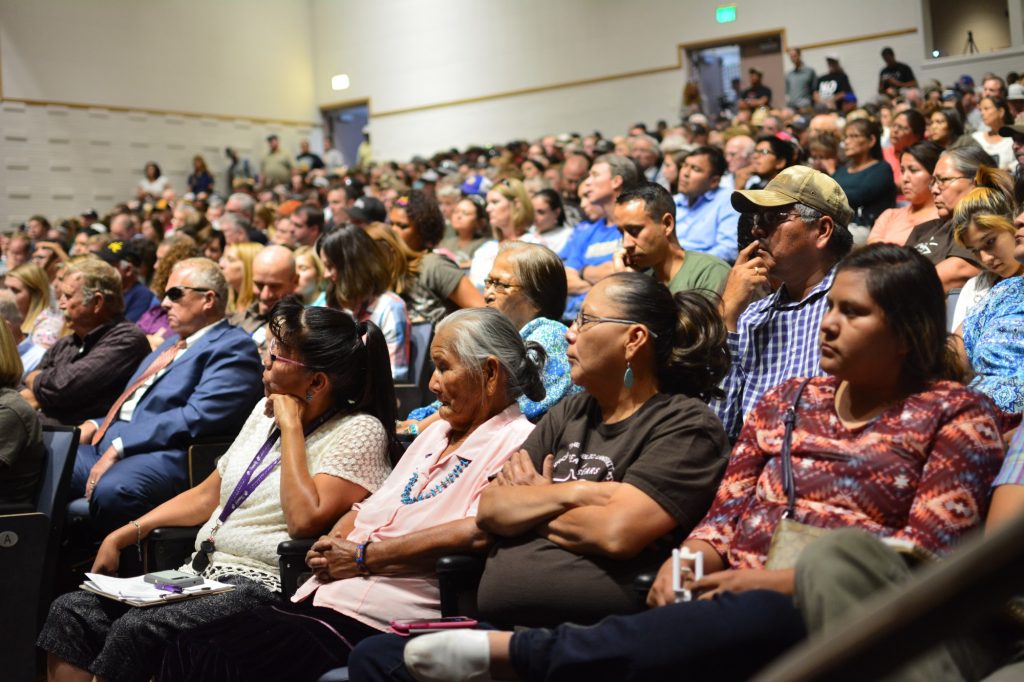The preliminary analysis conducted by the Forest Service makes it appear as if large tracts of land could be designated in the Abajo unit of the Manti La Sal National Forest, particularly when compared to the preliminary analysis of the La Sal and the Manti units of the Forest Service. The county writes of a “significant discrepancy in the wilderness character ratings between the north (Manti) zone and the south (La Sal and Abajo) zone of the forest.”
Forest Service is Revisiting Wilderness
For several decades, the wilderness debate in San Juan County has focused on land managed by the Bureau of Land Management (BLM). In contrast, many assumed that wilderness on Forest Service lands in the county was apparently settled.
That may change however, as the US Forest Service has initiated a process that local officials fear may eventually result in a recommendation that significant tracts of Forest Service land be designated as wilderness.
As part of the ongoing process of developing a forest management plan, the Forest Service is required to reassess the wilderness characteristics of the land.
A preliminary draft wilderness evaluation suggests that large tracts of Forest Service land in the Abajo Mountains score high on wilderness evaluation measures.
San Juan County recently contributed a report during a public comment period that questions several of the criteria used to evaluate the forest service land.
The passage of the Wilderness Act in 1964, and the subsequent passage of the Federal Land Policy and Management Act (FLPMA) in 1976, opened the door for the designation of tracts of eligible sections of public land as wilderness.
It has been 42 years since FLPMA passed, but wilderness issues have not yet been settled for the Bureau of Land Management (BLM) lands in Utah.
In San Juan County, despite the fact that nearly 394,592 acres of BLM land is managed as de facto wilderness in Wilderness Study Areas (WSAs) and an additional 695,000 acres is identified as having wilderness characteristics, there is still no official wilderness on BLM lands. The wilderness battle in Utah remains as contentious and divisive as ever.
In contrast to the BLM, sections of eligible Forest Service land were designated relatively quickly. The Dark Canyon Wilderness, containing more than 47,000 acres in the Abajo section of the Manti La Sal National Forest, was officially designated by Congress in 1984.
The preliminary analysis conducted by the Forest Service makes it appear as if large tracts of land could be designated in the Abajo unit of the Manti La Sal National Forest, particularly when compared to the preliminary analysis of the La Sal and the Manti units of the Forest Service.
The county writes of a “significant discrepancy in the wilderness character ratings between the north (Manti) zone and the south (La Sal and Abajo) zone of the forest.”
“This discrepancy is most pronounced when looking at the ratings for the Abajo Mountains.”
Indeed, the highest wilderness ratings are given for several units in the Abajos, including Arch, Chippean, Allan, Hammond, and Notch canyons.
The county writes, “It does not appear to us that the on-the-ground differences can fully account for the significant discrepancy between north and south zone ratings.”
The county adds that the units used in the evaluation may be too large. The average unit in the Abajos is 22,765 acres, compared to an average size of 9,001 acres in the La Sals.
“It is tough to make one summary judgment for an area that is so large,” said San Juan County Planner Nick Sandberg.
Sandberg reports that the Forest Service is considering a look at smaller sub-units as the planning process moves forward.
Republished with permission
Free Range Report
Thank you for reading our latest report, but before you go…
Our loyalty is to the truth and to YOU, our readers!
We respect your reading experience, and have refrained from putting up a paywall and obnoxious advertisements, which means that we get by on small donations from people like you. We’re not asking for much, but any amount that you can give goes a long way to securing a better future for the people who make America great.
[paypal_donation_button]
For as little as $1 you can support Free Range Report, and it takes only a moment.



